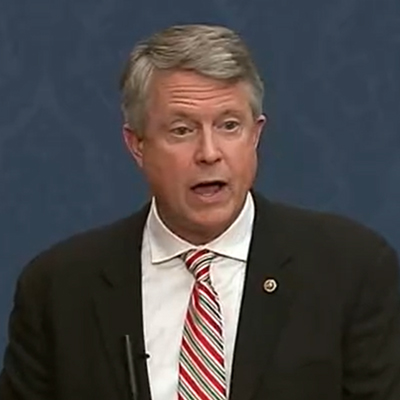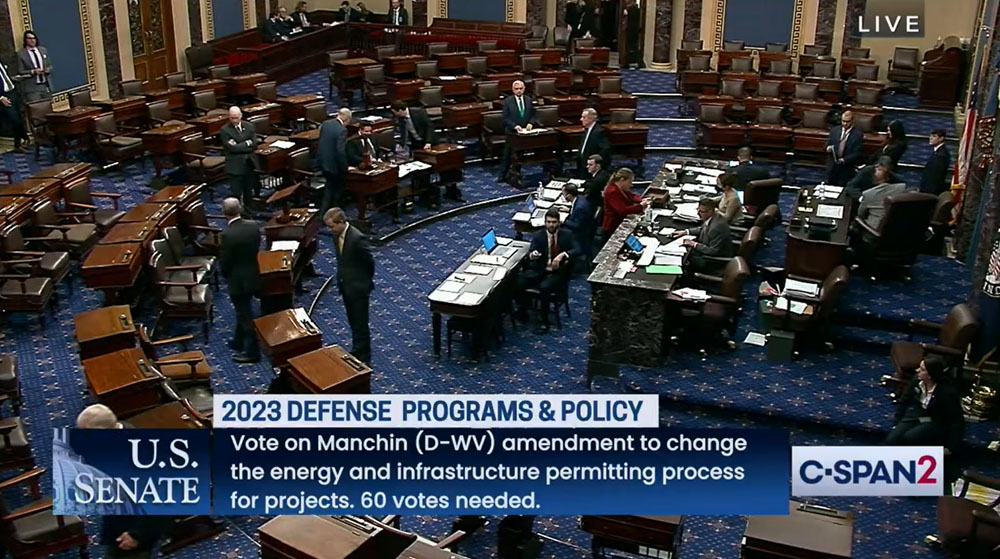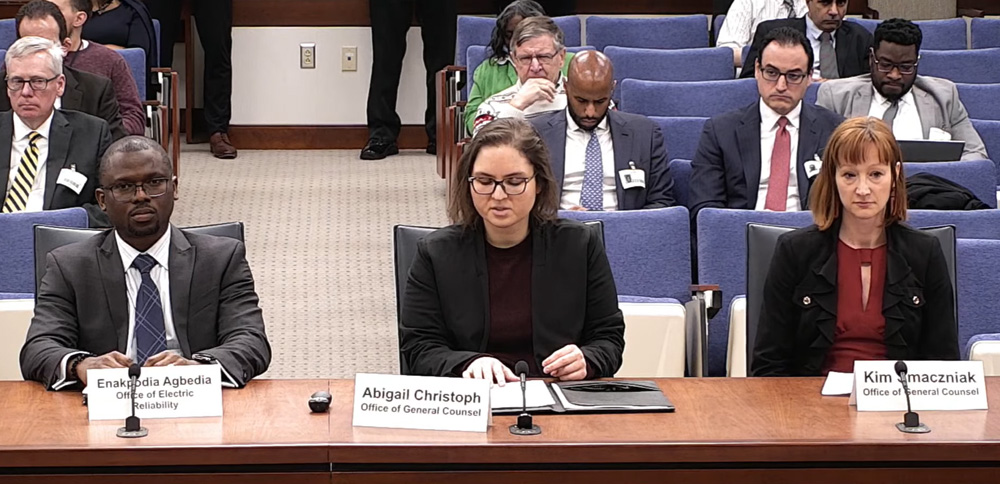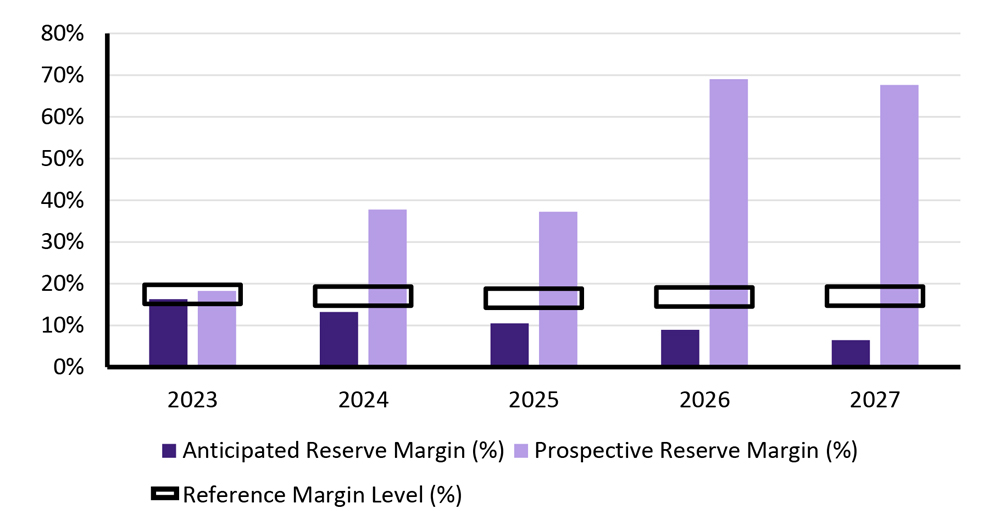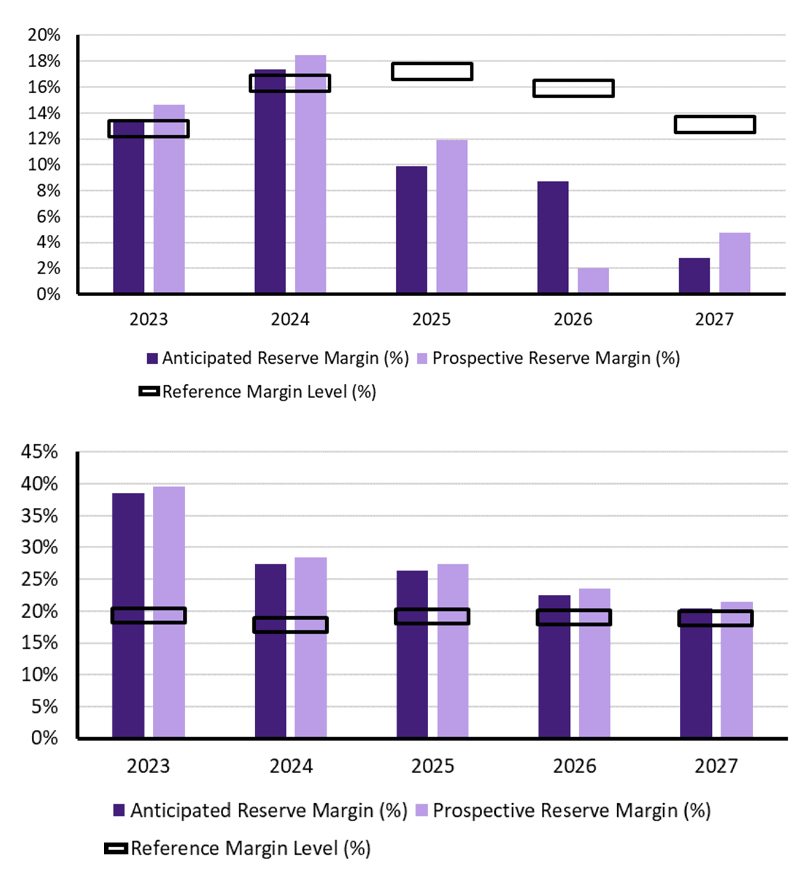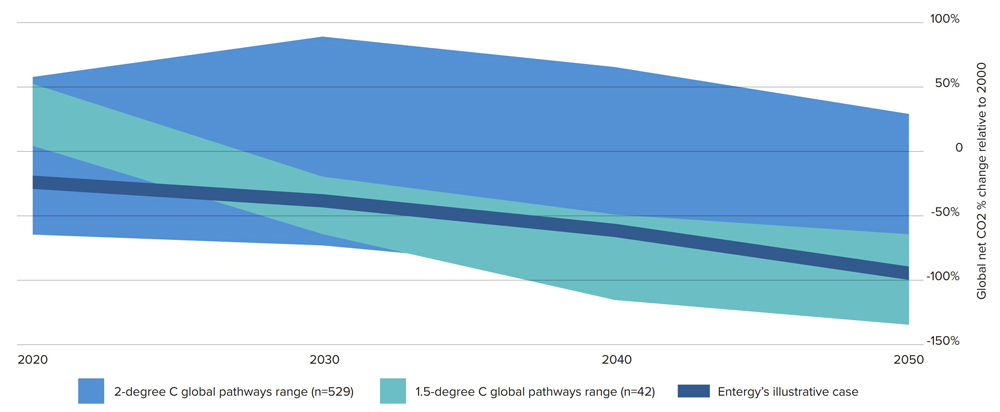WASHINGTON — FERC Chair Richard Glick said Thursday that he will leave the commission when the 117th Congress adjourns, likely by the end of the year, ending five years as a federal energy regulator.
President Biden nominated Glick for a second term in May, but Sen. Joe Manchin (D-W.Va.), chair of the Senate Energy and Natural Resources Committee, has refused to hold a confirmation hearing for him. (See Glick’s FERC Tenure in Peril as Manchin Balks at Renomination Hearing.)
Glick’s term ended June 30, but if they are not nominated for another term, FERC commissioners are allowed to continue serving past the end of their current terms until a replacement is confirmed or until the current Congress adjourns sine die. (Congress’ adjournment is typically before the end of the calendar year, though it could be in session until noon on Jan. 3.)
Given how late it is in the year and how long the confirmation process takes in the Senate, “I think it’s pretty clear there’s not a path forward anymore” for his nomination, Glick said at the commission’s last open meeting of the year.
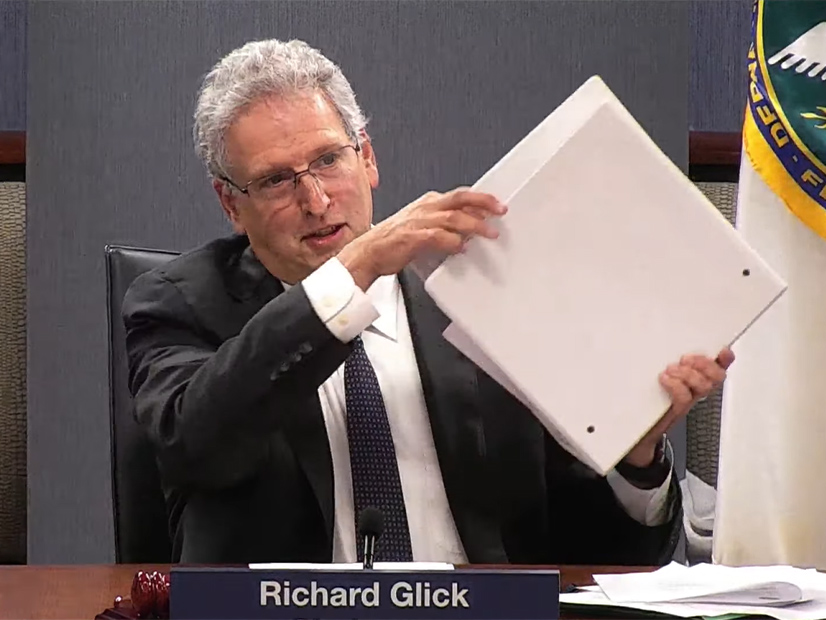 FERC Chair Richard Glick jokingly refers to his “binder of grievances.” | FERC
FERC Chair Richard Glick jokingly refers to his “binder of grievances.” | FERC
Although Glick remains the nominee until the end of Congress, he told reporters after the meeting that he has already declined to be nominated again next year.
“I’m still a candidate out there, but just given the timetable and the time it takes to move a nominee forward, I don’t really foresee” being confirmed this year, Glick said in a press conference after the meeting. “I have notified [the White House] that I’m not interested in coming back, in large part because I know this [nomination] process pretty well. Even under the best of circumstances, I know it would take a number of months. I can’t do that to my family; I can’t do that to myself, for that matter.”
And unless something unexpected happens, Glick added, “Sen. Manchin is still going to be chair of the Energy Committee. I don’t know why things might be different next year versus this year, so I think it’s better that they [the administration] move on.”
Manchin was angered earlier this year by the commission’s proposal to consider greenhouse gas emissions in natural gas infrastructure certificates.
Glick did not participate in several orders that were part of the meeting’s consent agenda: two that involved MISO (ER22-477-002 and ER22-995-001, both of which had not been published as of press time), and one that involved utilities in the WestConnect transmission planning region (ER22-1105). Last month he did not participate in an order that involved PJM (ER22-2110).
Glick told reporters he recused himself from these orders because once it became clear to him that he would not be confirmed, he had expressed interest in an available job. Though he did not end up getting the job — nor had he even formally applied — under FERC’s ethics rules, “you not only have to recuse when you’re negotiating … you also have to recuse afterward during a ‘cooling-off’ period,” he said.
When asked if he had any work lined up for after he leaves, Glick joked, “Not unless you know something.”
“You know, people say this all the time: ‘I’m leaving the job to spend more time with my family!’” he said during the meeting, citing the demands of the commission that often require working late Fridays and weekends and taking late-night phone calls. “But that’s what I intend to do, and I really look forward to it.”
Fierce, but (Mostly) Collegial, Debates
Glick was nominated by President Donald Trump and joined the commission in November 2017. Biden, upon becoming president in 2021, named Glick chair to replace Republican Commissioner James Danly.
His tenure at the commission — both as a commissioner in the Democratic minority, and as chair with a majority — was marked by a fierce divide along party lines. Glick wrote scathing dissents to the Republican majority’s decisions in many high-profile dockets and butted heads with Chairman Neil Chatterjee and Commissioner Bernard McNamee. He was then on the receiving end of many equally scathing dissents from Danly — sometimes joined by fellow Republican Commissioner Mark Christie — when he was chair.
Chatterjee and Glick did find common ground, however, on several notable issues, such as Orders 841 and 2222 — which directed RTOs and ISOs to open their markets to energy storage and distributed energy resource aggregations, respectively. And since leaving the commission, Chatterjee has often called Glick his friend. Though he frequently issues separate concurrences noting his concerns, Christie has also sided with the Democratic majority often.
In contrast, Glick and Danly’s debates have not just played out in concurrences and dissents, but also at open meetings, normally tightly scripted affairs. Glick once compared Danly to a Chicken Little-like Paul Revere; during the same meeting, Danly said Glick was being snide. (See FERC Rejection of Weymouth Rehearing Leads to More Barbs.)
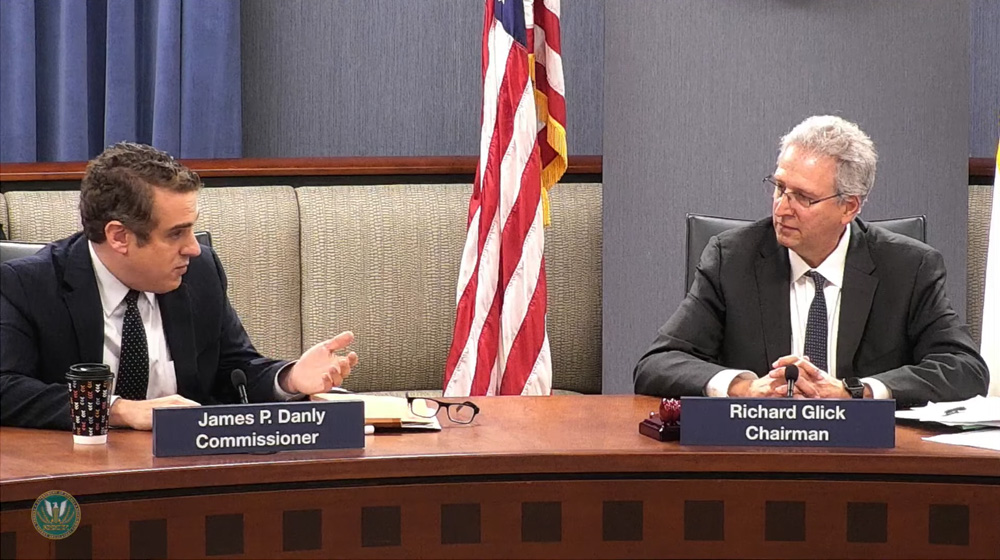 FERC Commissioner James Danly, who famously clashed with Chairman Richard Glick over the past five years, praised the chairman for being “unfailingly gracious.” | FERC
FERC Commissioner James Danly, who famously clashed with Chairman Richard Glick over the past five years, praised the chairman for being “unfailingly gracious.” | FERC
At the close of Thursday’s meeting, both commissioners somewhat sheepishly acknowledged the tension.
“And now we come to Commissioner Danly,” Glick said after praising his other three colleagues. “It’s an understatement to say we’ve had our difference of opinions. And we’ve certainly said some harsh things about each other. … But we’ve kept our lines of communications open. In our conversations, we’ve kept things civil. … And I think it’s very important on a going-forward basis that even when there’s differences in opinion … it’s important to keep those lines of communications open and figure out where you can work together and how you can work together.”
Danly, who served as FERC general counsel before he became a commissioner, told Glick that he “breathed a massive sigh of relief and gratitude when you appointed Matt [Christiansen] general counsel. You know, when I was GC, he created a great deal of work for me with all the dissents, and I think the score is almost settled at this point.”
He also affirmed “that it is true that we have wrangled a lot and disagreed a lot. … It has been more than five years that we have been fighting over substance, and we both have the scars to prove that. …
“When you read the press accounts — ‘Glick, Danly Spar on…’ — sure, we are, but in reality we have quite a bit of collegiality,” Danly said. He also praised Glick’s graciousness in helping him with “problems or resource needs” and for being accommodating given the “vast number of orders we have to push through.”
Glick concluded his remarks at the meeting by expressing gratitude for “five exciting and engaging years.”
“I can honestly say that we have not had one boring day at the commission. Not at all boring. These days, it’s inextricably linked to … the transition that’s underway to the way we produce, the way we consume and the way we transport energy. It’s, from a technological standpoint, amazing. The speed at which we’re moving forward is amazing. And from a societal perspective — whether it be from an economic perspective to the United States, or just in terms of the environment — it’s just tremendous.”
